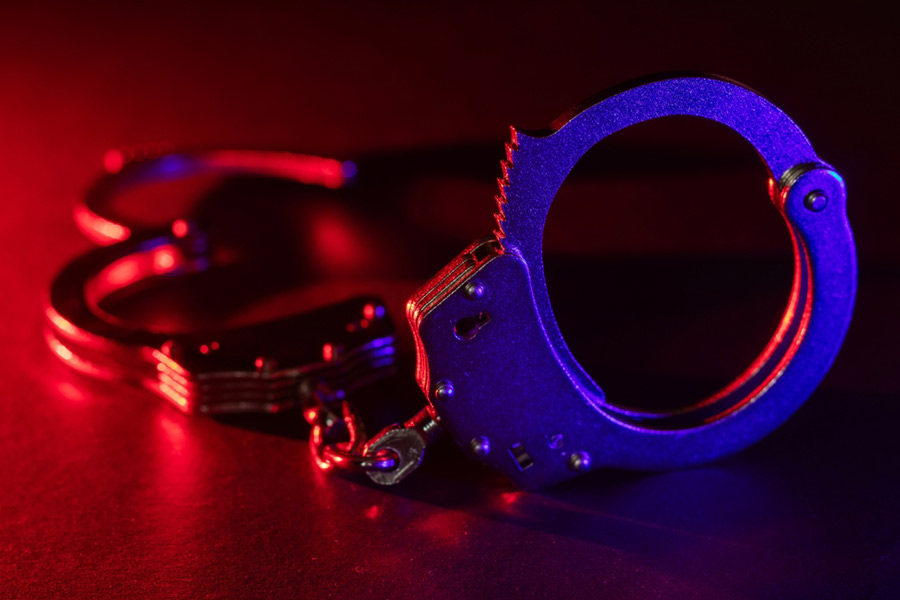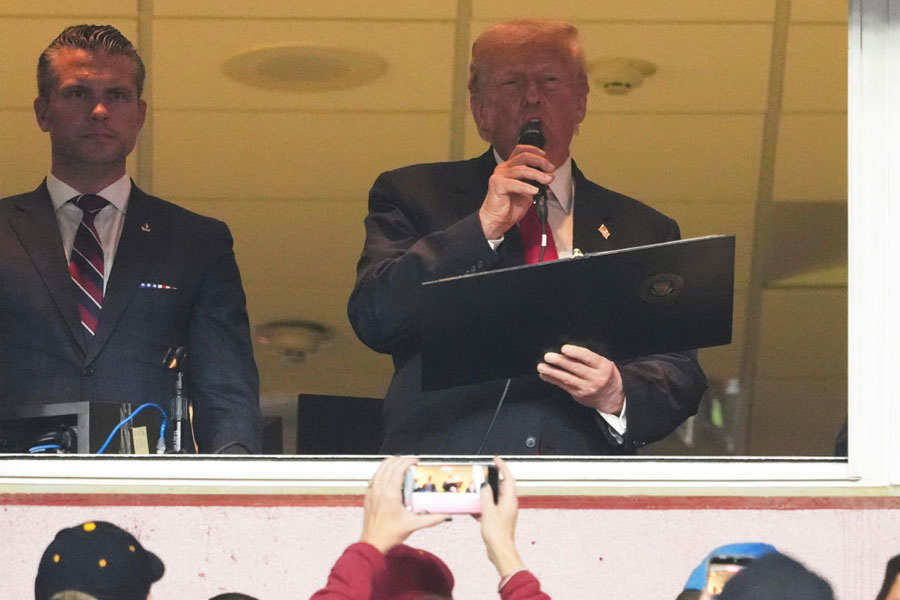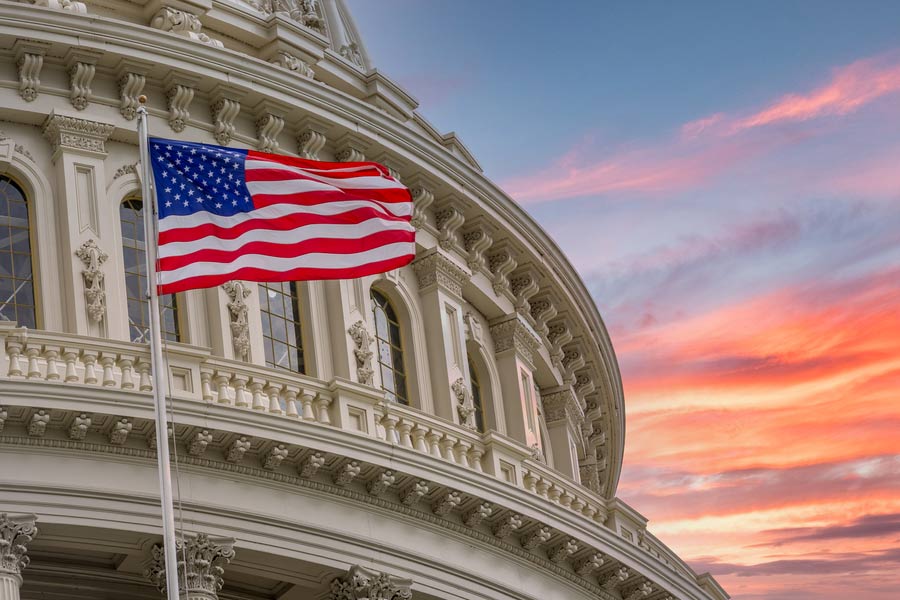Apple is at an interesting juncture. Last week, it announced that it had teamed up with Google to build tools into smartphones — harnessing the power of the Bluetooth — that could tell users (without compromising one’s privacy) if they have crossed paths with someone infected with coronavirus. This is valuable use of technological support.
This week, the Steve Jobs-founded company announced a reboot to the 2016 hit — iPhone SE. It fits into one hand. Has a sturdy construction. And it’s as powerful as the iPhone 11, minus a few frills.
An important launch
Apple was one of the first tech companies to announce in February that production would be hampered because manufacturing units in China had slowed down operations because of the coronavirus outbreak. The tech giant added that sales would also be hurt because of a drop in consumer demands. We are now in April and the same company has gone ahead and launched a new device. It’s an important milestone.
The US government is in the process of allocating several trillion dollars to keep the economy afloat so that people and businesses have tools to prosper sooner. This also means that companies like Apple and Google have a huge role to play. They need to deploy affordable tools of invention and design. Apple is doing exactly that.
Size and budget-conscious consumers
The rollout of the new iPhone SE is not a direct response to the economic meltdown. The timing is coincidental and the pricing is perfect. Companies like Apple maps out products months in advance, so the new phone has been in the works for quite some time. Long before people started talking about the pandemic, the upgrade cycle for buying expensive smartphones had become longer. Why would anyone upgrade their phone when last year’s model still rocks? Last year’s iPhone 11 series comprises the best smartphones one can buy at the moment but, at the same time, not everyone is willing to shell out a big amount. Apple knows that and it has stepped up its emphasis on services like music and video. It’s estimated that there are 1.5 billion active installed Apple devices around the world.
Then there is this group of consumers who are constantly overlooked — people who prefer a smaller screen size. The original iPhone SE had a four-inch screen while the newer one is slightly larger, with a 4.7-inch screen. Surprisingly, the 2016 model was priced upwards of $399 and the newer one also arrives at $399.
Small but very powerful
One may think it’s quaint to introduce a small phone at a time when immersive screens and bigger batteries are the rage. Your phone, after all, is the most-used computer and it’s in your pocket. The new iPhone SE has the design of an older generation iPhone and a home button instead of a face scanner but it’s as powerful as the iPhone 11 from 2019.
What seems to be the reason behind the slight increase in phone size over the 2016 model? First, it’s probably easier to fit components into a larger frame than a smaller one. Second, it’s easier to keep the device in one’s hand or in the pocket.
Taking on competition, delving into India
According to research firm IDC, Apple was the world’s number one phone maker in the fourth quarter of 2019 by shipments. The company’s phones sold very well in places like the US. With the lower-priced smartphone, the company has an opportunity to compete in markets like India, where people want cheaper phones but at the same time are brand conscious.
Earlier in the week OnePlus 8 and 8 Pro had arrived; these are 5G phones but are pricier than the new iPhone. We have to ask ourselves a few questions: Do we need 5G at the moment? Is affordability what we should aim at? Should we go with a company that’s considered gold standard in the smartphone industry?
Let’s talk about specs
The iPhone SE reboot has everything one can ask for in a phone. The Touch ID-enabled device has the powerful A13 Bionic chip — the same as in the iPhone 11 and iPhone 11 Pro — and what Apple is billing as “the best single-camera system in an iPhone”.
The phone may lack some of the frills of the new iPhones but Apple is also known for making the software handle much of the heavy-duty stuff. It comes with a 12MP f/1.8 aperture wide camera, and uses the image signal processor and Neural Engine of A13 Bionic to unlock computational photography features such as Portrait mode, all six Portrait Lighting effects and depth control. Using machine learning and monocular depth estimation, the phone also takes wonderful Portraits with the front camera. Next-generation Smart HDR comes to iPhone SE, intelligently re-lighting recognised subjects in a frame for more natural-looking images with stunning highlight and shadow details.
Shooting videos is also a pleasure on the phone with stereo audio recording and the rear camera captures 4K up to 60fps, while extended dynamic range gets more highlight details up to 30fps. Customers can also take advantage of QuickTake video on the front and rear cameras, allowing video recording without switching out of Photo mode.
To other necessary modern features, it supports Wi-Fi 6, Gigabit LTE, dual-SIM (the second one is an eSIM) and Haptic Touch (Apple’s replacement for 3D Touch, amounting to a long press with haptic feedback).
What’s missing is the U1 locator chip that was first introduced into the iPhone line last September. It acts as a localised GPS that can operate with “more precision, less power and without needing to bounce signals off cell towers and satellites”. It is considered to be an important component behind the AirTags gadget, which Bloomberg has reported would launch sometime later this year. AirTags apparently work with an iOS device to locate items like the wallet or keys by relying on low-energy, short-range radio technology that is similar in design to Bluetooth.
Since the A13 Bionic allows great battery life, the iPhone SE is expected to easily work the entire day on a full charge. The phone has wireless-charging capability with Qi-certified chargers and also supports fast charging, giving customers up to 50 per cent charge in just 30 minutes.
How much and when?
In the US, the iPhone SE will ship on April 24. With the lockdown on, availability in India will be announced soon. It will be available in 64GB, 128GB and 256GB models in black, white and (PRODUCT)RED starting at Rs 42,500. There’s truly “lots to love” and less to spend!

At a glance: iPhone SE (2020) The Telegraph











